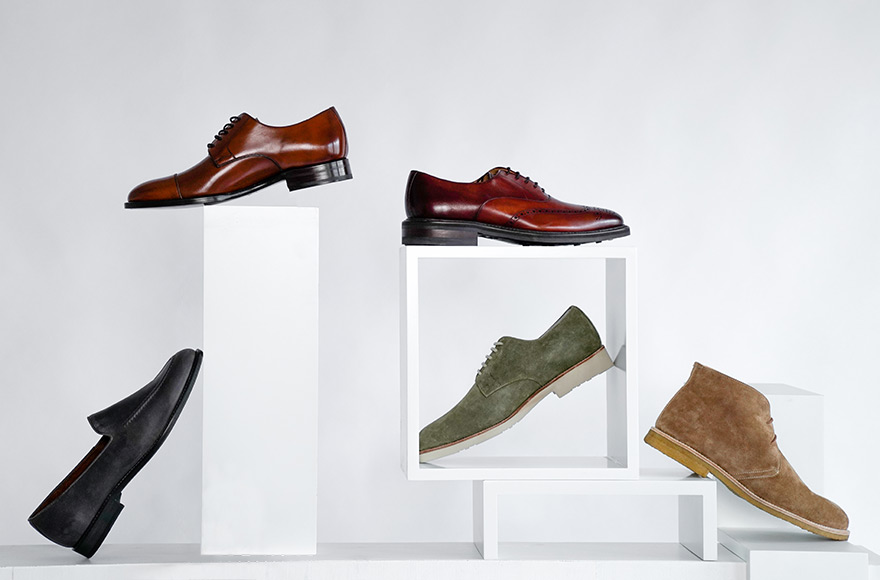Classical antiquity marked the first peak phase of shoe development. Whether sandals or opanci, shoes quickly came to represent social rank.
Classical antiquity was an age in which Greco-Roman culture flourished, a flourishing that included an early peak phase of shoe production. During classical antiquity shoes became a common commodity, a development confirmed by depictions found on walls and tone paintings dating back to this period. For example, the famous Egyptian sandal, known for a shaft strap running diagonally across the back of the foot, was already in use at this time.
Another famous shoe model developed during this period was the Roman sandal, distinguished by a series of straps ascending the leg. Sandals with lacing extending up to just below the knees were known as sandal boots. Incidentally, regular boots came to Europe from the Far East in the 4th century and were originally reserved for men, although other types of shoes worn during classical antiquity were unisex.
The right to wear shoes was determined by social class
Interestingly, in classical antiquity shoes already served as indicators of the wearer's respective social status. In Egypt sandals could only be worn by priests and the pharaoh himself. The free citizens of Ancient Greece wore shoes to distinguish themselves from barefoot slaves, while in the Roman Empire only the emperor was allowed to wear red sandals. Moreover, the number of straps on a given sandal served to indicate the military rank of the legionnaire wearing it. The greater the number of straps and the thinner the sole, the higher the rank of the wearer.
Opanci and tied peasants' boots dominated Europe
In the Celtic lands, opanci were the footwear of choice. Opanci are heelless shoes with a sharply upwardly curving sole that ends in a beaklike pointed toe woven onto the shaft. These were the traditional footwear worn by the rural population. The Teutons and the Franks originally wore primitive foot socks, which often reached up to the knee and were made of untanned fur. From roughly 500 B.C. onwards they wore tied peasants' boots instead. These boots were leather shoes bound together by means of a long strap.
The types of shoes developed during the early period of classical antiquity remained unchanged for centuries. Starting in the 4th century, different styles of shoes spread from the Mediterranean countries to Central Europe.
Important Eras of shoe history
Handmade Leather Shoes at Shoepassion.com
Classic Shoes for men & women ★ Various styles & designs ★ High quality ★ Fair & sustainably produced in Europe ★ Exellent value for money ★ Many models on sale














